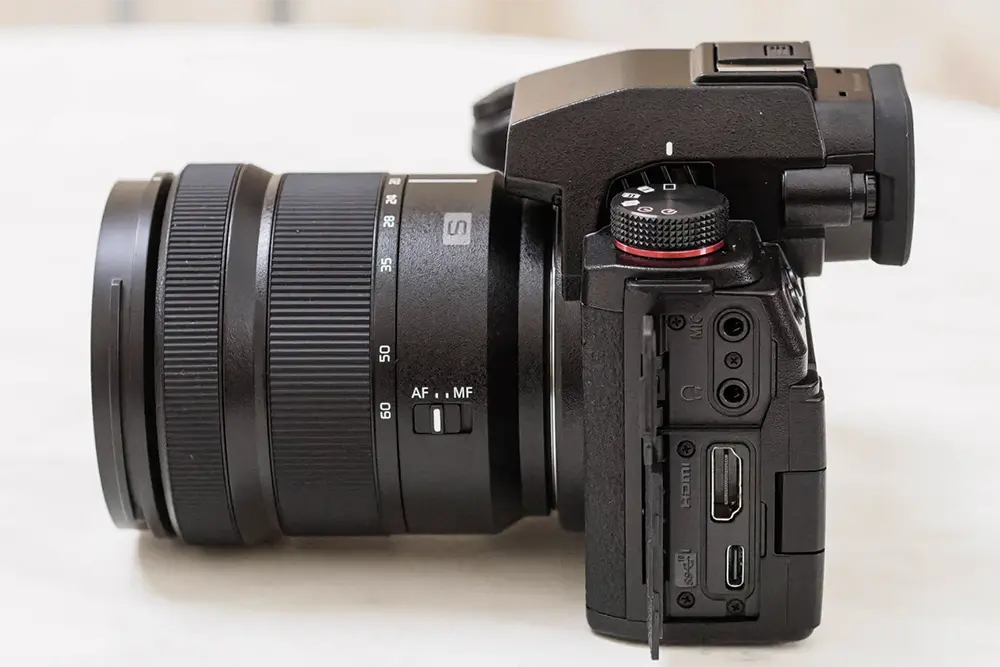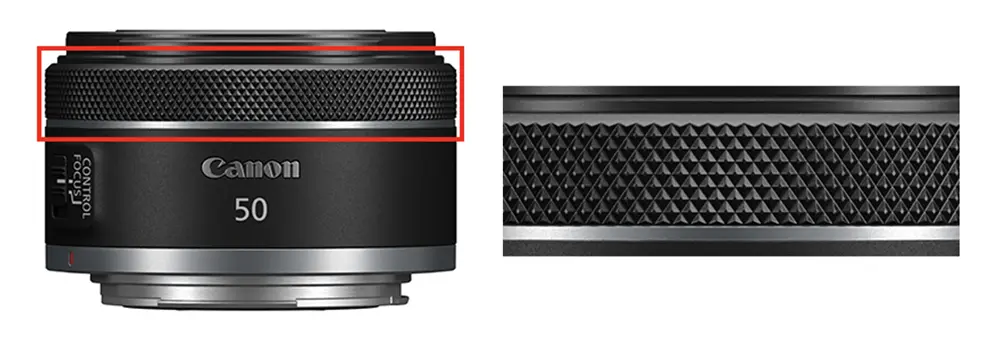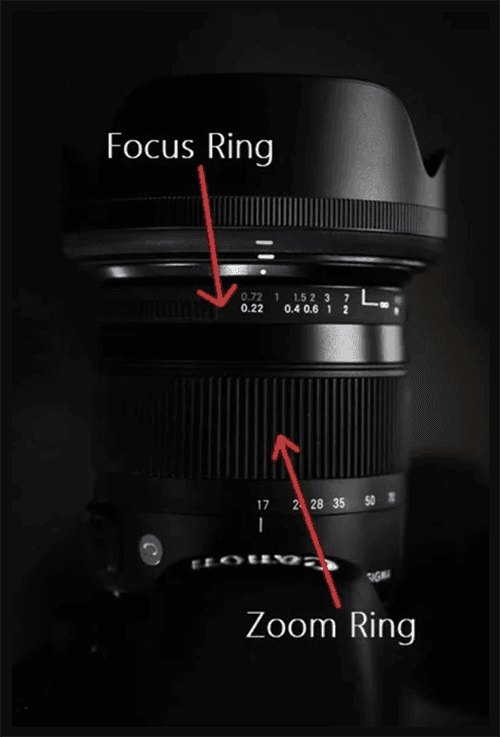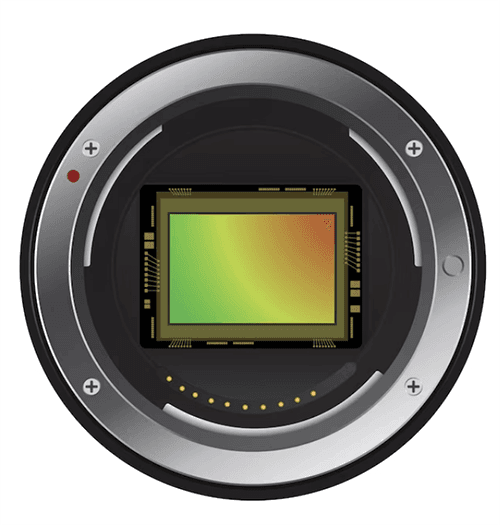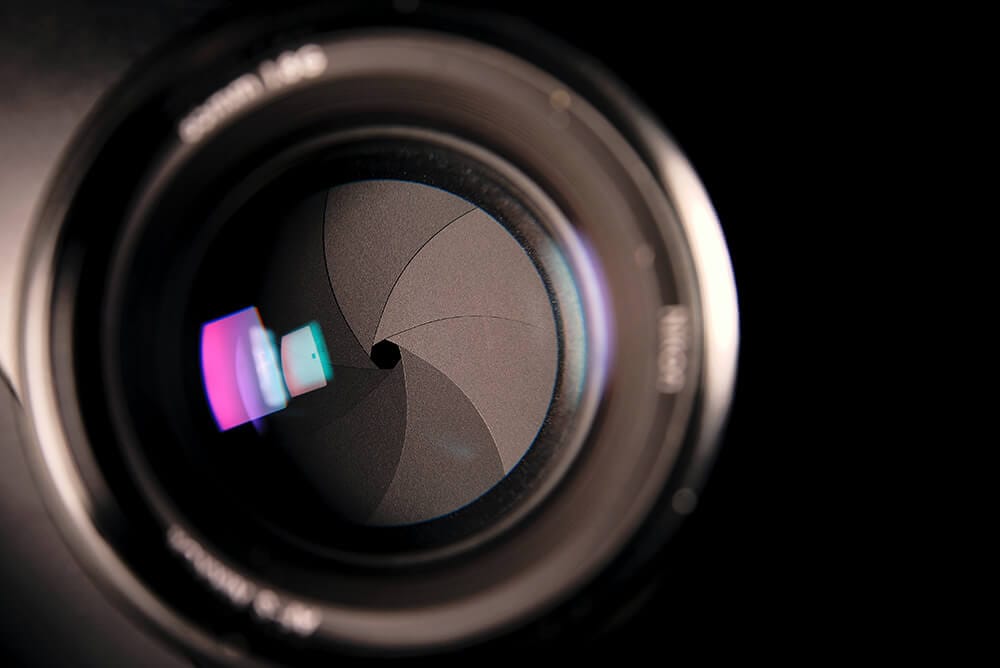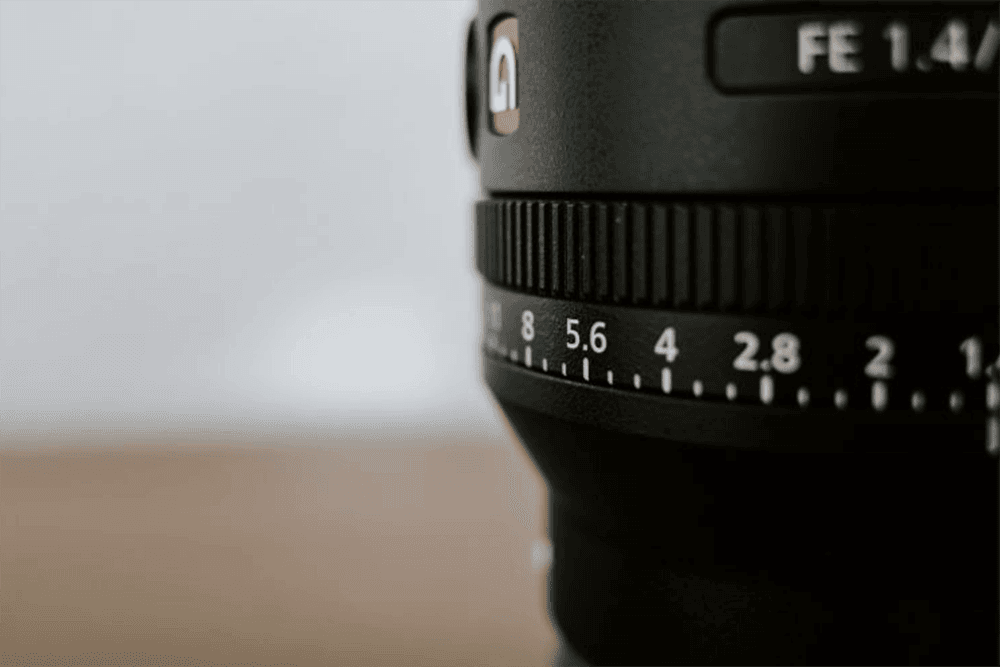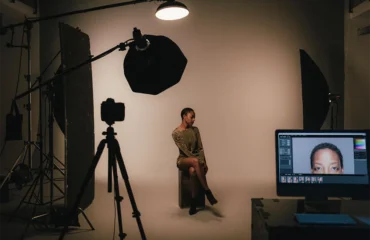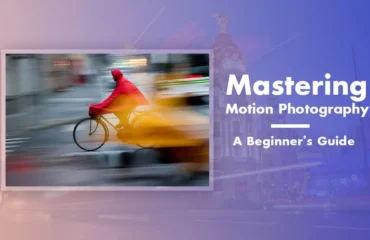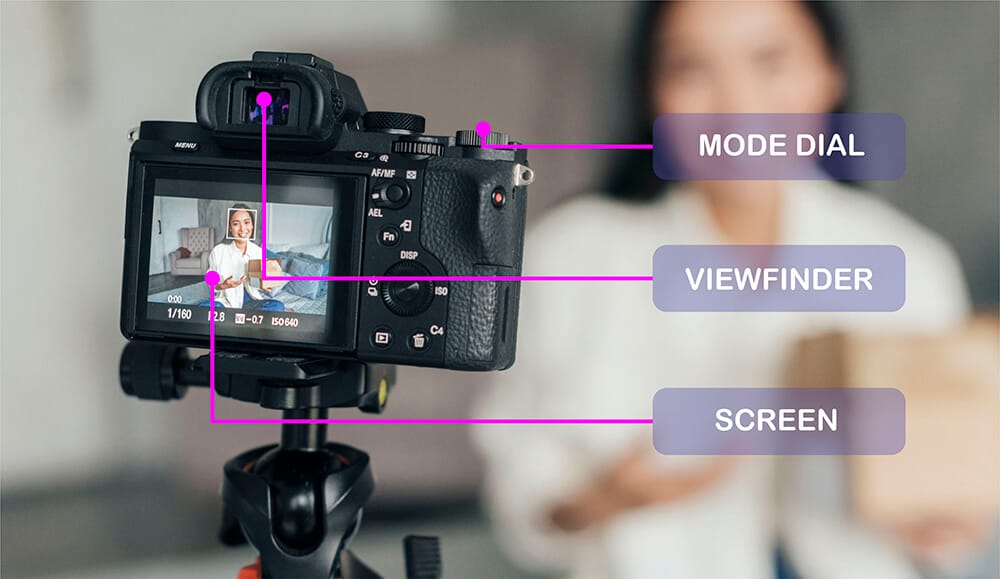
Photography is like stepping into a mesmerizing world of technology, whether you’re wielding a professional DSLR, a compact point-and-shoot, or just your smartphone camera. It’s an art, and understanding the bits and pieces that make up a camera is like finding the keys to a secret treasure chest. Each part has its role, and together, they create magic in capturing those fleeting moments.
This guide is your companion if you’re a beginner, an enthusiast, or just someone curious about the fascinating world of cameras. Let’s not just talk about the ‘what’ and ‘how’ of camera parts; let’s uncover the ‘why’ behind each one. Because in the end, it’s these components working together that make every photo a piece of art.
External camera parts:
When we talk about external camera parts, we’re diving into the real, touchable stuff that photographers interact with on a daily. These are the pieces that make the magic happen. Let’s break down each of these external parts to get a grip on what they do and why they matter in the amazing world of photography. Because, let’s face it, understanding these components is like getting backstage access to the art of capturing moments.
1. Camera Body
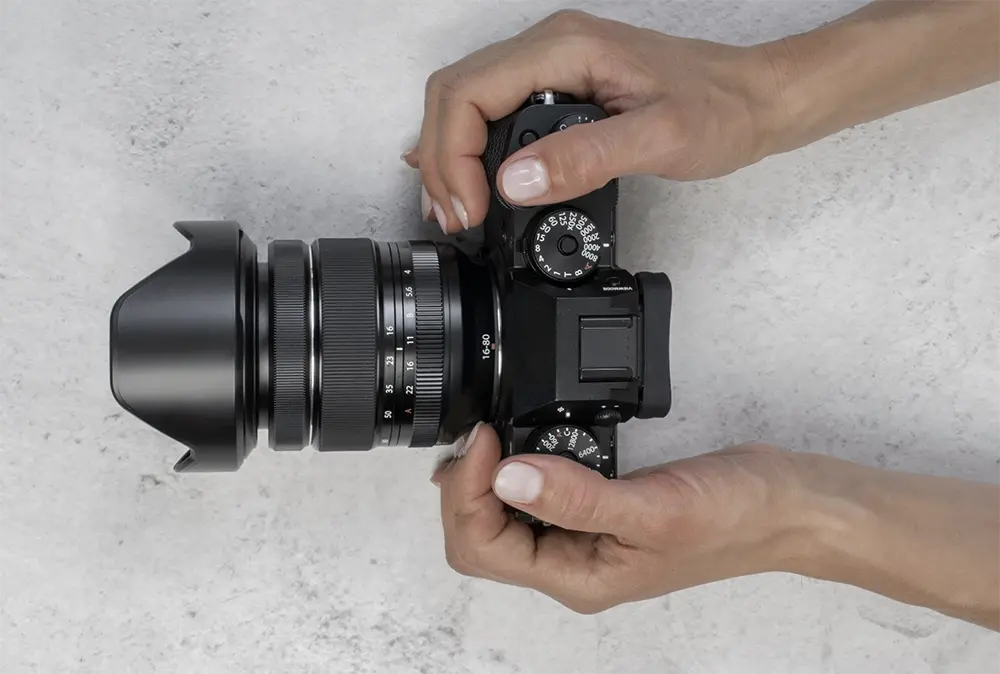
The body of the camera is like its backbone, holding everything together. They usually make it tough with metal or fancy plastic, depending on whether it’s a DSLR, mirrorless, or a point-and-shoot.
But it’s not just about being sturdy. They put thought into how it feels in your hands, making sure it’s comfy for those long shooting sessions. Inside that body, it’s like a mini-universe – you’ve got the sensor, image processor, and a cozy spot for your memory card. It’s not just a shell; it’s where the real camera magic happens.
2. Lens Mount
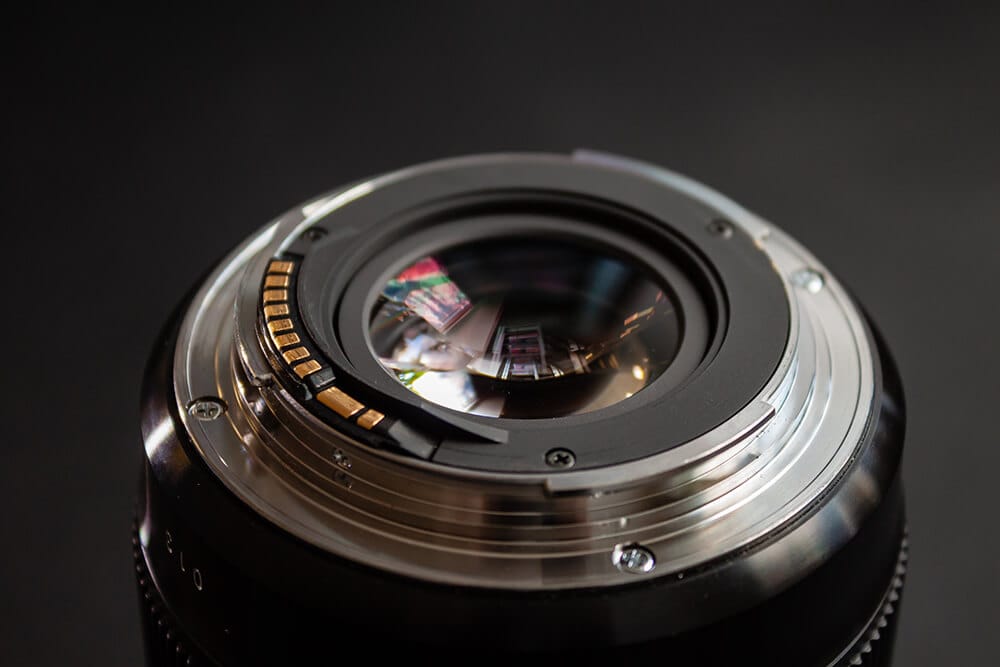
Now, let’s talk about the lens mount – that’s the spot on your camera body where you hook up your lens. It’s not just any connection; it’s designed to snugly fit particular types of lenses, making sure it’s a secure and precise match. And in modern cameras, this mount isn’t just a dumb connector; it’s got electronic contacts that let your lens and camera have a chat.
This chat is pretty important because it covers the basics like autofocus, aperture control, and image stabilization. Oh, and here’s the kicker – different camera brands and models sport different lens mounts, so you gotta keep an eye on compatibility when you’re out shopping for lenses. It’s like making sure the right key fits your favorite lock.
3. Camera Lens
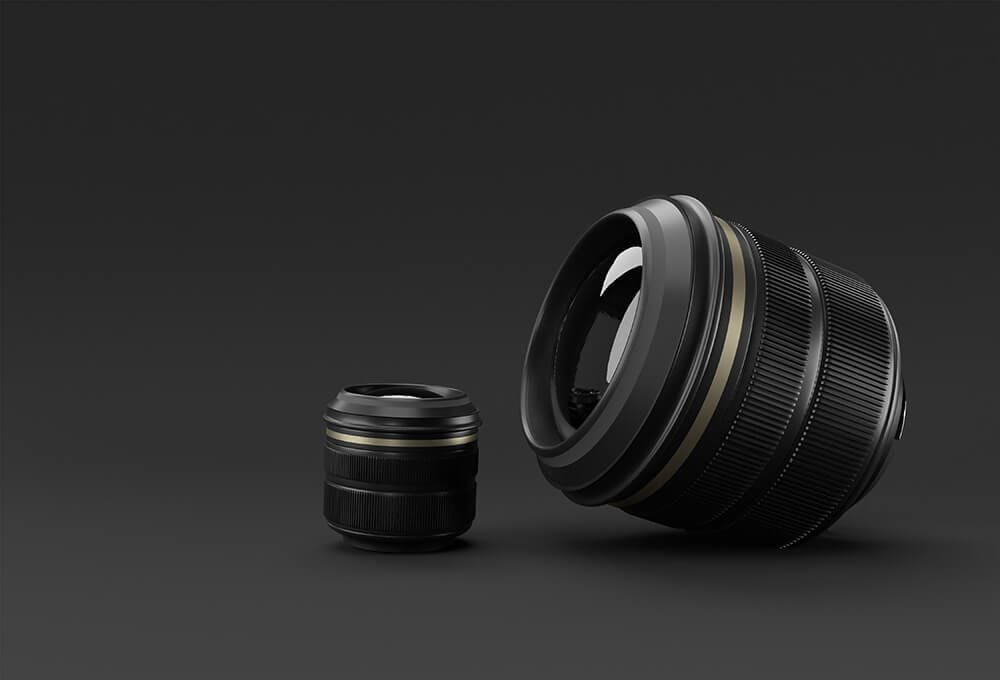
Imagine your camera is like a person, and the lens is its eye. The lens plays a crucial role by capturing light and focusing it onto the camera’s sensor, essentially transforming what the camera “sees” into a photograph.
Now, lenses aren’t just one-size-fits-all. There are different types, each with its own specialty. Zoom lenses let you get up close or pull back without swapping lenses, while prime lenses are like a fixed focal length buddy, great for certain situations. Wide-angle lenses are perfect for capturing more of the scene in one frame, and telephoto lenses help you zoom in on distant subjects.
But here’s the cool part: the quality of your lens matters. A high-quality lens doesn’t just capture the image; it does it with finesse. It gives you sharper details, handles light better, and overall elevates the quality of your photos. So, when you’re picking out lenses, think of it as choosing the perfect set of eyes for your camera – you want the ones that bring out the best in what you’re trying to capture.
4. Shutter Release Button
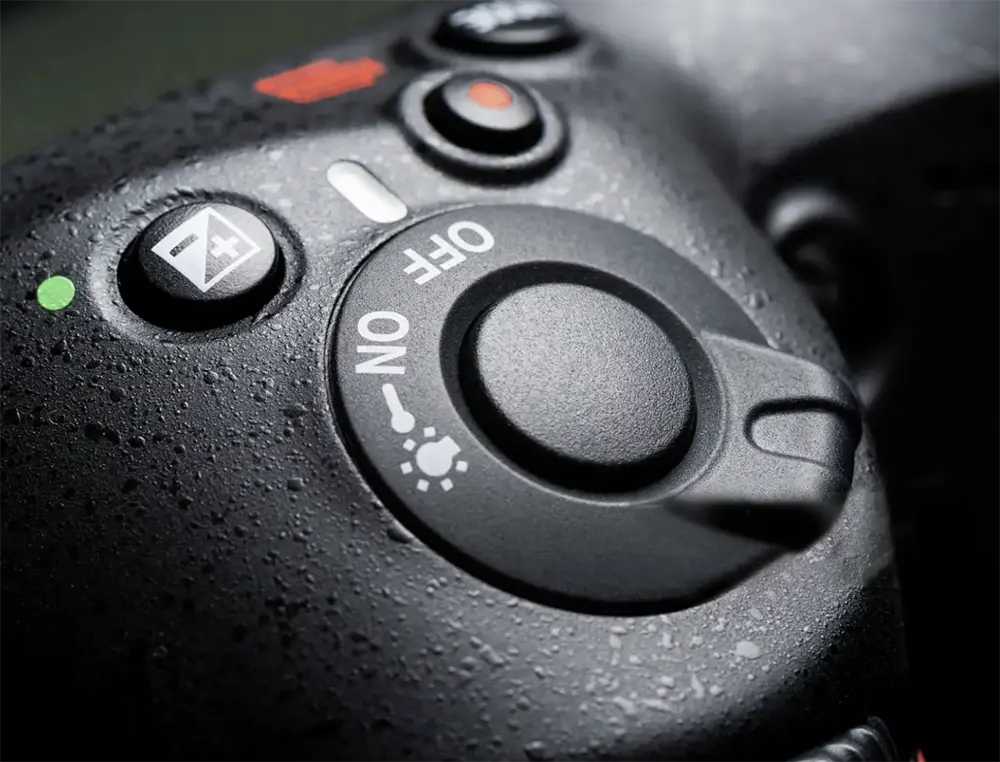
Picture it as the conductor’s baton in an orchestra. When you press it, it signals the start of a symphony of processes within the camera. The shutter release button, strategically perched on the top right of the camera for easy reach, is your gateway to capturing moments.
Now, some cameras offer a two-stage affair. A gentle half-press of the button sets things in motion – it engages autofocus and metering. It’s like the camera is taking a moment to focus and measure the scene’s light, making sure everything is just right before the grand performance.
Once you’ve got that half-press sorted, the full press is your crescendo. It’s the moment the shutter swings open, allowing light to flood in and imprint the image onto the sensor. The two-stage dance gives you this beautiful choreography, a rhythm to your photography. It’s not just a click; it’s a thoughtful process, letting you fine-tune your shot before committing to the final masterpiece.
So, that little button is more than just a trigger – it’s the maestro orchestrating the harmony of technology to freeze time in a photograph. It’s your gateway to capturing not just an image, but a carefully composed and considered piece of visual art.
5. Camera Mode Dial
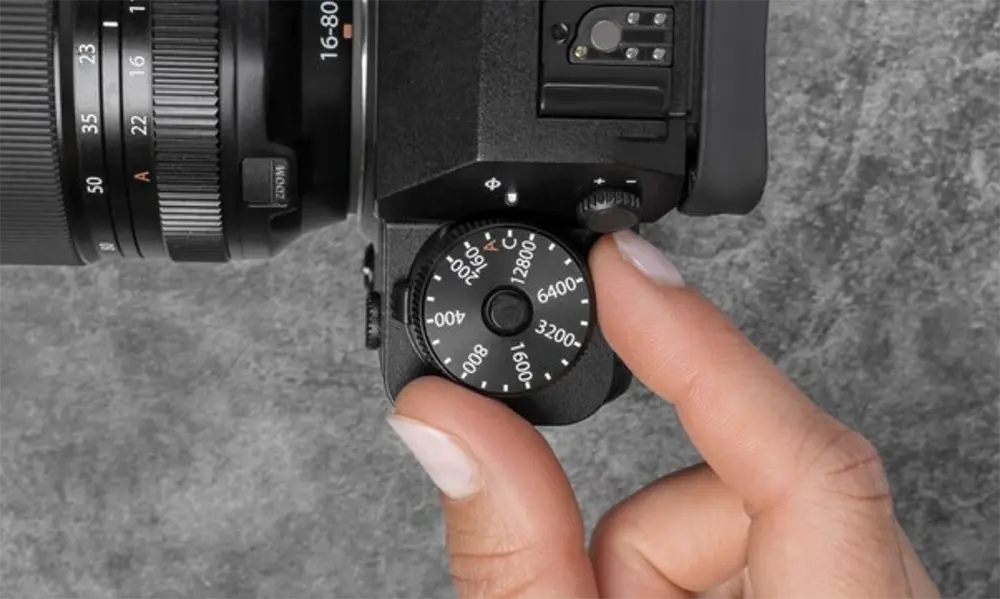
Let’s take a closer look at this nifty feature called the mode dial.
Imagine it as the command center sitting proudly on the top of your camera. The mode dial is like a magic wand that lets you summon different photographic superpowers. With just a turn, you can unlock a range of shooting modes, each with its own set of capabilities.
Automatic mode is your go-to for hassle-free shooting – perfect for those moments when you want the camera to handle all the technical stuff. Manual mode, on the other hand, is for adventurers who want complete control over settings like aperture, shutter speed, and ISO.
Then there’s aperture priority, where you can play with the depth of field, and shutter priority for capturing fast action or slowing down time. And don’t forget the scene modes – they’re like specialized settings for specific scenarios, whether it’s portraits, landscapes, or low-light situations.
The cool part? This dial is your shortcut to all these options. Instead of diving into menus, you just twist it, adapting instantly to the shooting mood or environment. It’s your express pass to customization, letting you fine-tune settings without missing a beat. So, whether you’re capturing the vibrant chaos of a city or the serene beauty of a sunrise, the mode dial is your trusty sidekick, ready to adapt to your creative whims with a simple turn.
Suggested article>>
6. LCD Screen
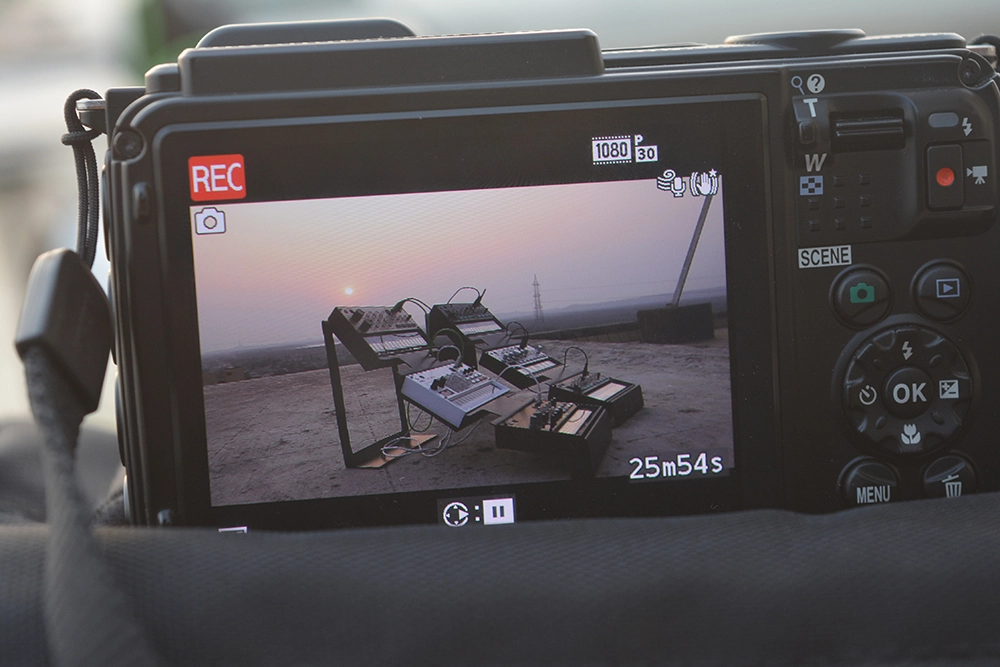
let’s talk about that screen on the back of your camera. It’s like the Swiss Army knife of your photography experience.
First off, it doubles as a live viewfinder, so you can see exactly what your camera sees in real-time. No more peeking through a tiny hole; it’s like having a big, digital preview.
But that’s not all – it’s also the hub for all your camera settings. You can dive into menus, tweak configurations, and customize things to your liking, all right there on the screen.
And after you’ve snapped some shots, it turns into your gallery. You can review your captured images, zoom in to check details, and make sure you got that perfect shot.
Now, here’s the thing – these screens come in all shapes and sizes. Some are big, some not so much. The resolution varies too, affecting how crisp and clear everything looks. In some models, you can even tap and swipe on the screen for quick navigation – it’s like using your smartphone but for your camera.
So, that LCD screen is not just a display; it’s your window into the camera’s soul, showing you what’s happening, letting you control the show, and helping you relive those captured moments.
7. Viewfinder
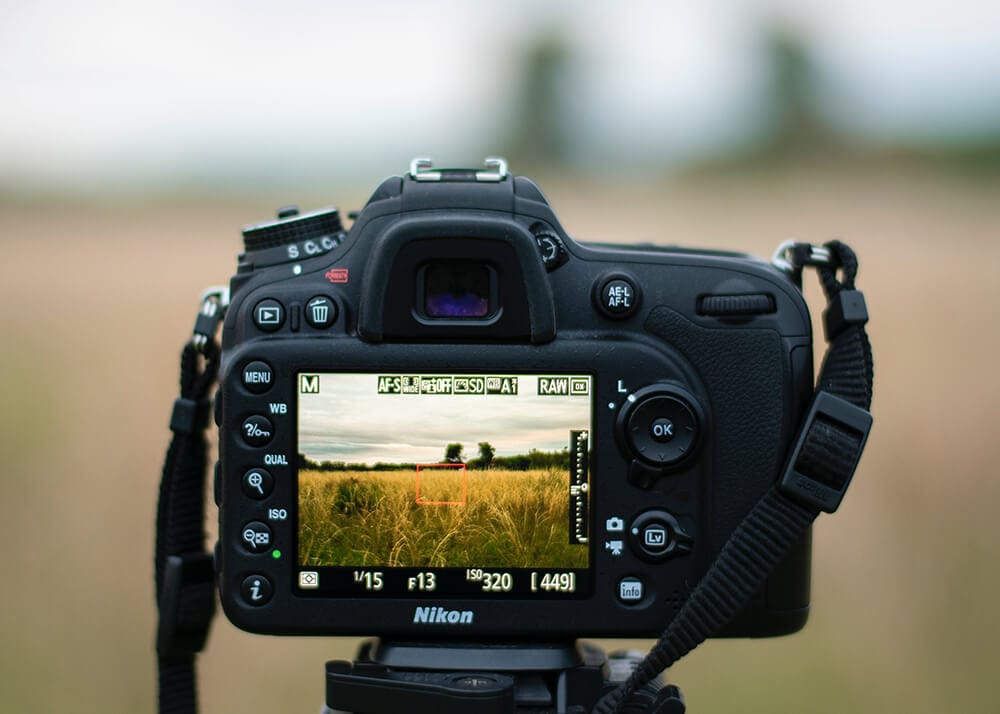
Let’s talk about the viewfinder – that little window magic where photographers work their framing wonders.
In DSLR land, this viewfinder is like a mini theater. It uses mirrors and prisms to show you exactly what your lens is seeing. It’s the classic way of framing your shot, and many photographers swear by it.
Now, in the world of mirrorless and some compact cameras, they’ve got this thing called an electronic viewfinder (EVF). It’s like a tiny digital screen that shows you a direct feed from your camera’s sensor. This comes in handy, especially when the sun’s blazing, and your regular screen becomes a glare-fest.
So, why bother with a viewfinder when you already have a screen? Well, sometimes it’s just easier to squint through a viewfinder, especially when you’re out and about in the bright outdoors. It’s your trusty window to the world you’re about to capture, whether it’s through mirrors and prisms or a digital peek into your camera’s soul.
8. Camera Flash Light
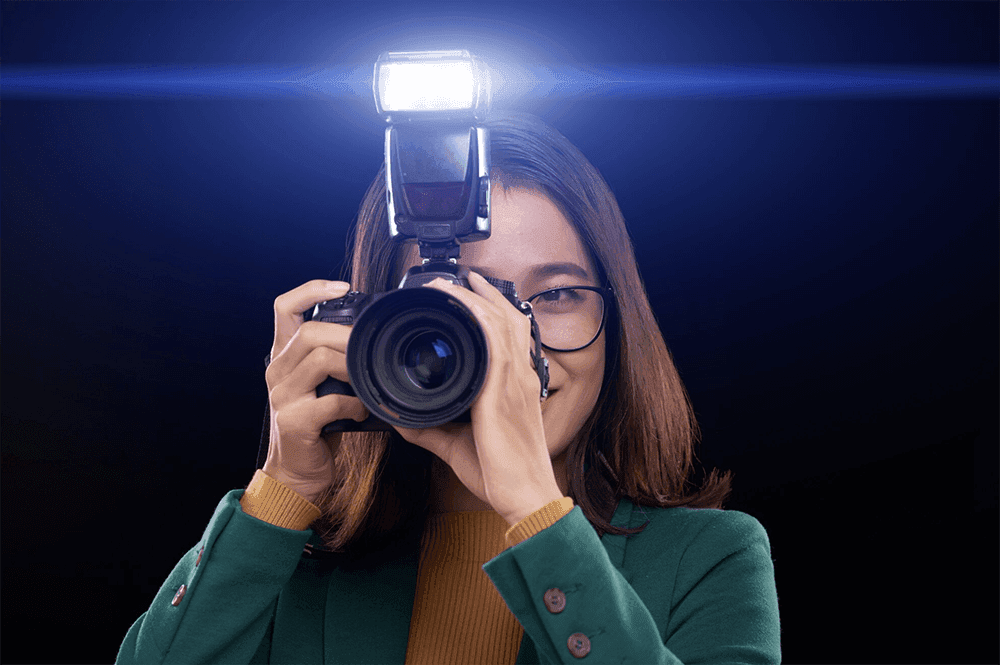
Flash – that handy tool for brightening things up when the lighting is less than perfect.
Most cameras have a built-in flash that pops up when you need it. You can either let the camera decide when to use it or take control and fire it up manually, depending on your settings.
Now, here’s the cool part – the camera usually figures out how strong and how long the flash should be. It’s like having a little lighting assistant built-in. But, if you’re feeling like the boss of the light, some fancier cameras let you tweak these settings manually.
And if you want to take your lighting game up a notch, there’s the option to attach external flashes. You can mount these onto the camera’s hot shoe, giving you more power and control over how your scene is lit up. It’s like having your own mini photo studio setup, but right there on top of your camera.
9. Battery Compartment
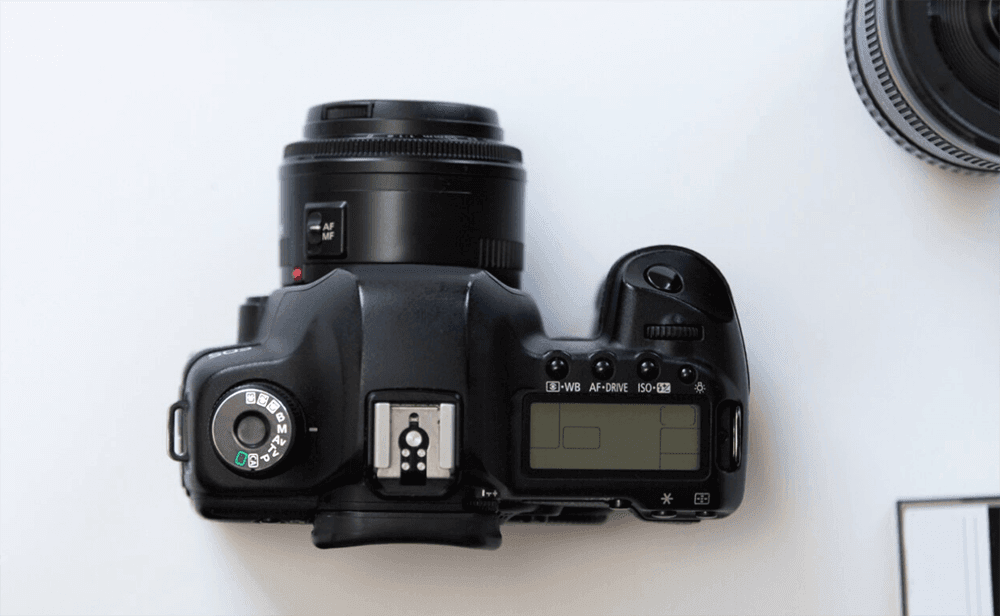
Let’s take a closer look at the unsung hero of your camera – the battery compartment.
Picture it as the camera’s power station, usually hanging out inconspicuously on the bottom or side. Now, inside this little compartment, you’ve got a variety of batteries doing their thing. There are the trusty AA batteries that you can find at any store, or you might have those sleek rechargeable lithium-ion ones that bring a bit of high-tech magic.
The design is clever – it’s like a snug nest for your batteries, making sure they stay in place and ready for action. And when the camera starts giving you those low battery warnings, no worries! You can easily swap out the batteries for fresh ones or plug them in for a recharge. It’s like giving your camera a power boost, ensuring it’s always ready to roll and capture whatever comes your way.
So, that little compartment is more than just a hiding spot for batteries – it’s the lifeline that keeps your camera ticking and ready for the next adventure.
10. Camera Memory Card Slot
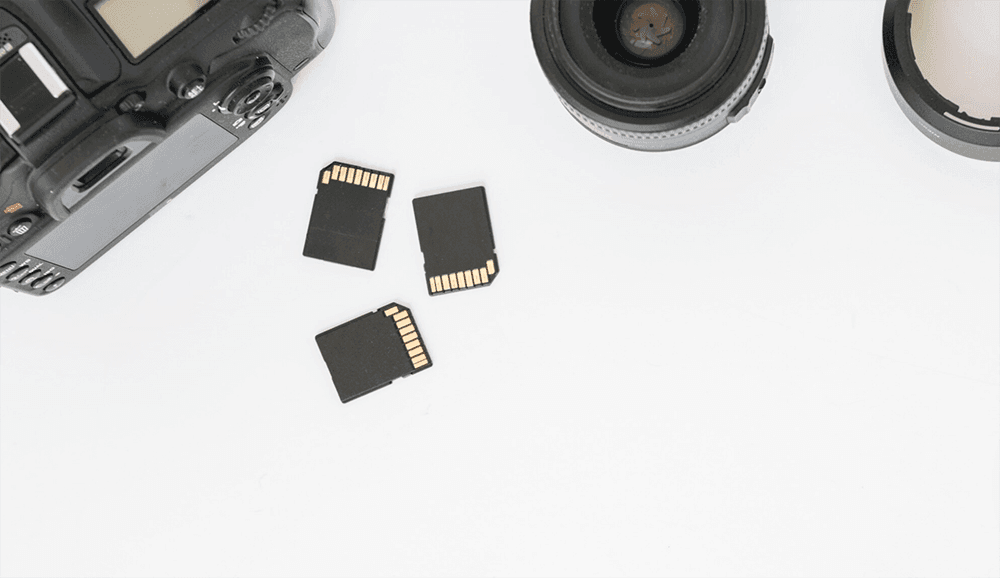
Let’s talk about where your camera stores its memories – the memory card slot.
It’s like the camera’s version of a film roll, but digital. You pop in a memory card, and it becomes the canvas for all your pictures and videos. These memory cards come in different flavors, like SD or CompactFlash, and they vary in how much they can store and how fast they can do it.
Now, where do you find this slot? It’s usually hanging out in a compartment with the battery, or sometimes it gets its own cozy spot on the side of the camera. This slot is the unsung hero, making sure all those precious moments you capture find a home.
So, next time you’re out snapping pics, remember, it’s not just the camera doing the work; it’s also that little memory card slot, quietly storing your memories for you.

